Getting Into Vlogging – Part 1
Vlogging is the act of creating and adding content to a “vlog” or “video blog” (think YouTube). Vlogging a term often used by content creators on YouTube, or “YouTubers” when talking about their craft. The advent of good quality video cameras on phones, like the iPhone, has launched a generation of videographers eager to use the internet to get their message out there. At last count nearly 500 hours of video are uploaded to YouTube EVERY MINUTE!
Just for fun, here are few more fun facts about YouTube:
- There are 2.3 billion YouTube users world-wide
- 79% of all internet users say they have a YouTube account
- YouTube viewers watch over 1 billion hours of video each day
- 62% of US-based businesses use YouTube to post video content
- 70% of YouTube views come on mobile devices
- 90% of people say they discovered new products or brands on YouTube
It is a compelling platform that millions use either to consume video or the subject of this blog post — to create it.
Today it’s becoming very common to find those in ministry (pastors, teachers, staff ministers, lay leaders) using vlogs to deliver their content, whether that be a devotion, lesson or other ministry-related content. Pastors might want to “vlog” shorter devotions, mini Bible studies, congregational reports, sermon “extras”, topical counseling tips, flipped catechism lessons, and, well you get the idea. Teachers have just as many vlogging opportunities. The obvious application are flipped classroom lessons, but others include parent updates, educational or how-to videos for colleagues, individual instruction for virtual students or those with specific needs, and even recordings for assessments and personal growth.
There are many use cases for getting into vlogging. Just think of all the written content you produce and ask, “Would creating a video enhance this content in some way, or increase its likelihood of being “seen?” When it comes to communications, those are the two big questions: how to amplify it and how to increase its useful viewership.
For those of you who have decided to get started, you probably are starting with using your smart phone to capture audio and video, and then uploading to YouTube or your ministries web site. You try to find a pleasing background and a space without too much competing light or especially noise. Great. But this series of blog posts, and subsequent vlogs will outline how to up that game a little bit with techniques and equipment. Why? Mostly because we now are publishing content in a world full of high production quality video. We don’t want, nor could we match, them, but it is important to recognize the gap between what people watch on YouTube, and our stuff. So things we can reasonably do to improve quality will be worth it — balancing cost, complexity and results of course.
Today I’ll start by sharing just a baseline camera setup for vlogging created by Brian Urbanek of GoldWing Productions LLC. This recommendation was created for WELS Special Ministries “Gospel Hands” — a video signing project for the deaf and hard of hearing. Here is part of the recommendation’s introduction:
Because the intent is for the equipment to be operated by volunteers, the highest consideration went into the ease of use for each piece of equipment, while still being able to achieve a certain level of quality. Ideally, all of the gear should be operable by a single person, should they need to carry this work out alone.
Camera Kit
Goal
To have a camera that can shoot 4K and have as professional of a look as possible, for the lowest cost possible. These cameras are all very popular among vloggers and YouTube content creators, as they have been created specifically for that demographic. They all feature a pop-out screen to be able to see yourself before and during filming.
Sony ZV-1 (my recommendation)
Cost: $778 @ Adorama
- This kit comes with an included 64 GB SD card, extra battery, and battery charger
- PRO: Digital bokeh (more of a mirrorless camera look)
- PRO: 4K up to 30fps
- PRO: f/1.8 lens
- PRO: great out of focus background
Other options: Canon G7X II or III, Canon M50, Sony a6400
Note: If purchasing after August 31, 2021 you may want to consider the newer model (Sony ZV-E10)
Final camera recommendation
The Sony ZV-1 camera is a favorite among YouTube content creators. It shoots at 4K video and has great autofocus capabilities, allowing the subject to always be in focus. It’s capable of creating a slightly blurry background, mimicking a slightly more cinematic look compared to the other two Canons on the list.
– above recommendation by Brian Urbanek
If you are interested in this camera I recorded a brief review of it myself below using the actual unit.
As you can see it records clear and color accurate video. There is no distortion, and it truly is a dream to operate.
Next time we’ll address lighting and backdrop recommendations.
Credits: Featured image courtesy of Jonathan Cutrer

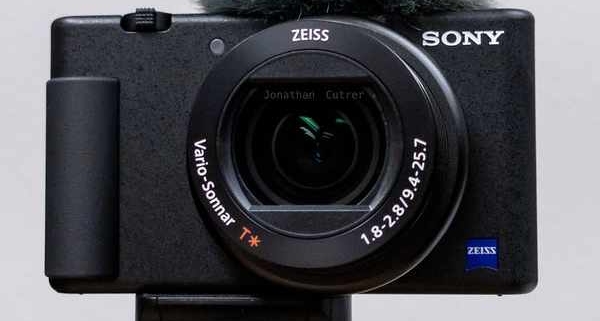
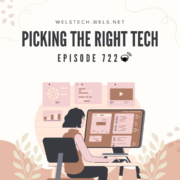
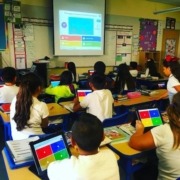

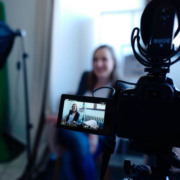
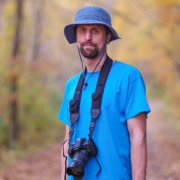
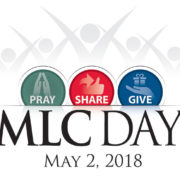


Leave a Reply
Want to join the discussion?Feel free to contribute!